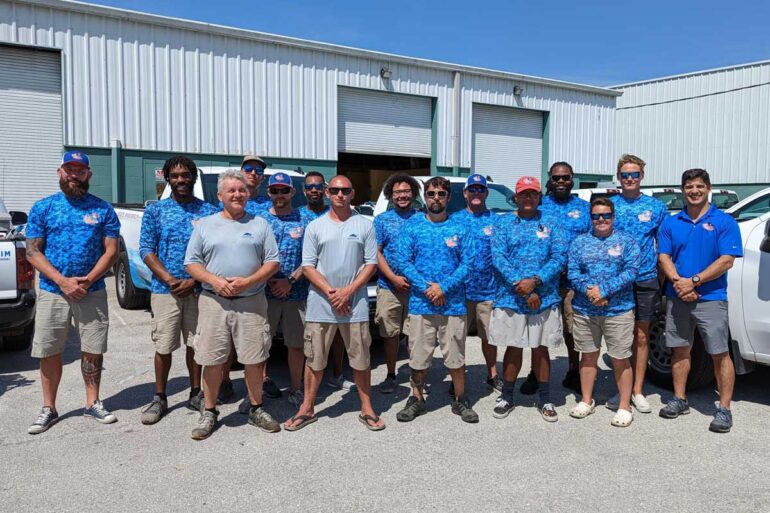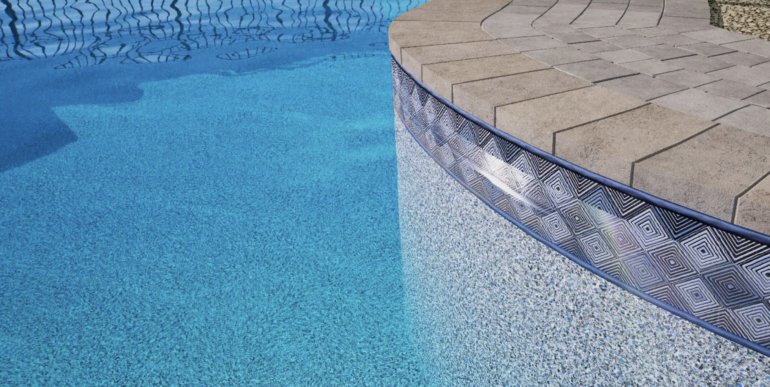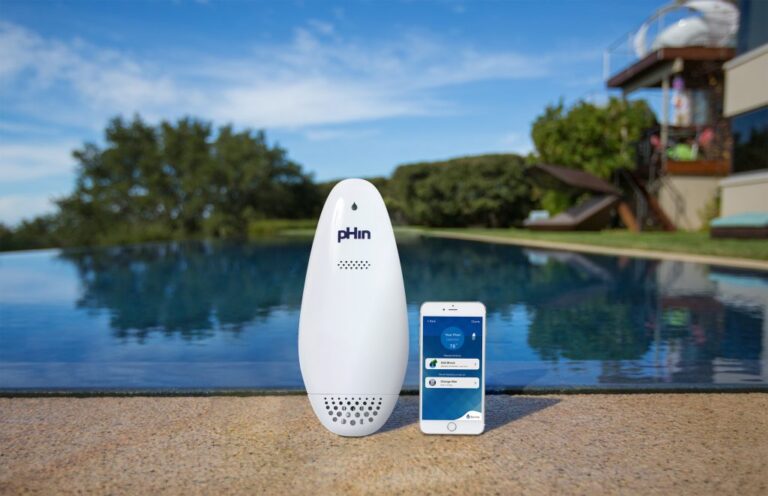Electrical Incidents in Pools
After several reports of people being harmed or killed after coming in contact with electrical currents in swimming pools and other bodies of water, a “Today Show” broadcast stated that most of these events occur in pools. The Association of Pool & Spa Professionals issued a statement to debunk that and provide safety information to help inspect, detect and correct the possibility of electrical shock in a pool. Read the full statement below:
According to a presentation given by the Electric Shock Drowning Prevention Association at the 2014 National Fire Protection Association Conference, most swimming or aquatic related electrical shock incidents happen in public and private marinas and docks rather than pools. A recent Today Show broadcast stated that most of these incidents occur in pools, which is inaccurate and is not supported by any known data.
However, APSP recognizes a few incidents have occurred in pools and spas and want to take this opportunity to highlight the importance that all pools and spas should be built and installed in compliance with the International Swimming Pool and Spa Code which requires compliance with the National Electrical Code.
Almost all pools and spas incorporate electrical safety features which do not (and cannot) exist in marinas and boat docks because these facilities have entirely different physical and electrical requirements and characteristics. These safety features built into pools and spas are required by the National Electrical Code and are installed for the express purpose of mitigating the likelihood of electrical shocks in and around the pool or spa, regardless of cause. They include exclusive use of only the most sensitive Class A type ground-fault circuit interrupters (GFCIs), extensive grounding of electrical systems and equipment, and electrical interconnection (referred to as “equipotential bonding”) of all the structural metal in the entire pool or spa structure, the water itself, virtually all metallic equipment or fixtures in and within 5’ of the pool, and all perimeter surfaces (such as a deck or patio) within 3 feet of the inside edge of the pool or spa. Newer high-tech features, such as low voltage solid-state lighting, low voltage pool covers, etc., also help mitigate the risk of electrical shock around the pool or spa.
APSP emphasizes that the best protection for families is inspection, detection, and correction of electrical hazards in and around swimming pools, hot tubs and spas. With the swim season in full swing, APSP encourages consumers to have their pool or spa inspected by an APSP professional. To find one near you, visit APSP.org/MemberLocator.
Proper maintenance and upkeep is critical, especially for older pools and spas and equipment, which not only exhibit the effects of age but also were not built to modern standards. Older pools can pose a higher risk of exposure to stray current (regardless of its source) just due to wear and tear of existing equipment that may have not been inspected in years. Aging electrical wiring, damaged underwater lighting in light niches, sump pumps and vacuums that are not grounded, and lack of proper equipotential bonding are all concerns. All of these hazards present an even greater risk if the lighting, circuits, and nearby receptacles are not protected by proper Class A Ground-Fault Circuit-Interrupters (GFCIs) – one of the best safety devices to help prevent electrocution. All of these issues can be evaluated and addressed by a qualified and trained industry professional. In some states, licensure is required to do such electric work.
A frequently asked question document can be viewed at APSP.org/Electrical. For more information, contact Jennifer Hatfield.
For more information with regard to electrical shock hazards in marinas and docks visit BoatUs.com and ElectricShockDrowning.org.





